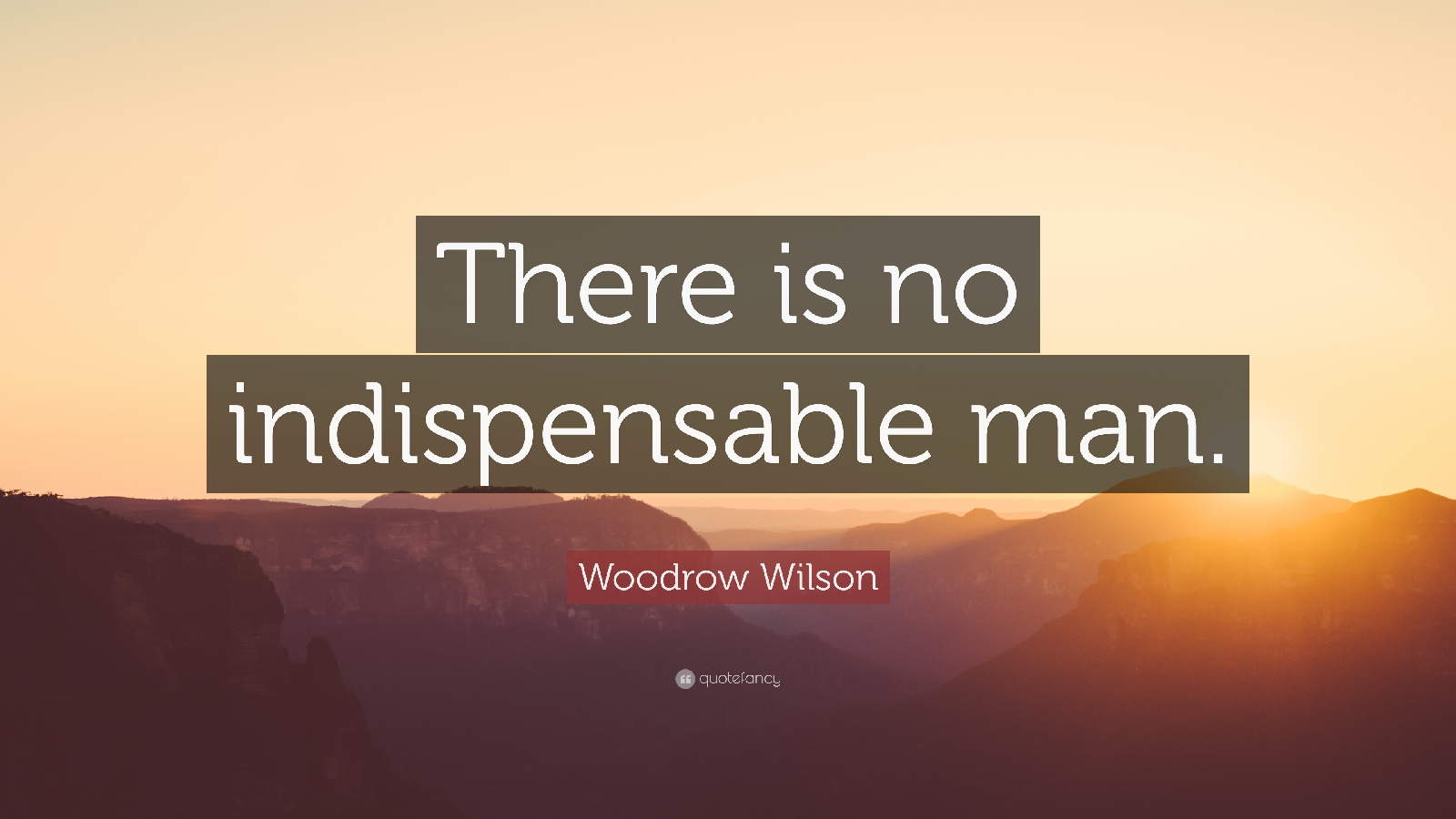5 Points on Attraction Between Opposites
Opposite attracts they say. Some psychologists point out that couples, who are more likely similar from each other are likely to end relationships in the long run. It is quite understandable that people likes to be challenged by the difference that exists within relationships and somehow find ways to "patch" them up. This could be one of the reasons why opposite seems not just to attract, but they last longer.
However, this would be challenged by some, who seem to find their so-called soulmates. These people claims the other provides an extension of themselves as more similarities exists, rather than difference. So, in this blogpost, I would try to see five perspectives of relationships that are considered filled with differences to see how this type of relationships are realized in the society.
Here are the five considerations on relationships between "opposites":
1. Differences should still be within comfort and convenience. The greatest advantage of differences is the challenge it creates that acts as fuel for the relationship to function. However, this difference must still be comfortable in the context of personal functioning. Should someone feel awkward about the difference, anxiety results and thereafter causing stress that may influence the relationship in the long run.
2. Differences must be at least accepted by the closest significant others. This relates to so-called social approval. This concepts stems from the belief that if the immediate social circles approve on the relationship regardless of the difference, the bond seems to strengthen. Thid is because the individual's significant others could validate, support and even protect the relationship that exists.
3. Differences are presumed to yield more benefits than disadvantages. As human beings, we should find motivations or positive reasons that will keep us moving and pursuing. As a result of conditional responses, people seems to be more enthusiastic to patch differences because there are benefits or advantages thereafter. These benefits serve as goal or perhaps an ultimate reward from all the effort and time invested in strengthening the relationship.
4. The type of differences must be reconcilable, instead of being a trigger for conflicts. The difference must have potential solutions that seems to work. This is an important aspect since if the difference has no way to be minimize, the individuals may feel eventually hopeless and exhausted. Moreover, this also depends on the ability of the individuals to reconcile differences. It takes maturity and objectivity to do so, such that the personality of the individuals weighs more than the type of difference that exists.
5. Patching differences takes time and tests the individuals patience, personality and maturity. There is nothing automatic in relationships. There is no such thing as instant solutions. One must realize this. If individuals are willing and working hard to settle differences, then it would be irrelevant to count on time required to do it. What matters most is the continued interest and intention to find ways to smoothen the differences.
Indeed, opposites do attract. However, no generalizations must be made such that this belief is imposed to another, who do not agree with it. Respect is essential when it comes to differences. This virtue is perhaps the key why people with contrasting personalities and background lasts longer. Furthermore, respect is needed from the society that seems to accept or criticize this type of relationship.











Comments
Post a Comment